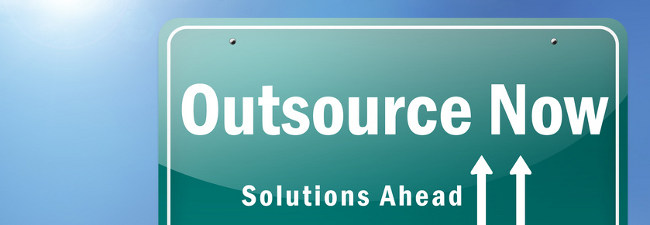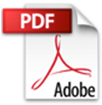

e-billing is not sending a PDF bill as an attachment to an email.
The importance of optimising both a paperless and an e-billing process shouldn’t be underestimated! Both processes can co-exist in harmony.
E-billing provides a number of great features such as the option to retrieve documents in PDF, Excel, EDI, XML or CSV formats allowing you to view and interact with your online invoice/statement, query invoices and download copy invoices if required.
5 reasons why e-billing should be implemented alongside your current print and mailing process:
1. Get payments faster
Emailing your bills for payment can reduce your DSO (Days Sales Outstanding) cycle by as much as 70% by reducing the physical time taken to send out invoices to your customers.
Many companies emphasis the importance of sales, sales, sales yet are inefficient managing debtors often complying with payment terms that are in excess of their own terms.
Why supply a company that takes that long to pay after you’ve supplied the goods or services?
Here’s the real conundrum what is the point of telling your sales force to be proactive in generating sales if the company is not managing the payment terms with your customers?
Accounts payable solutions are designed to speed up the process and distribution of statements and invoices. By reducing the turnaround for example from 4 to 1 day for posting/emailing out your invoices, but enforcing company payment terms are ineffective then the benefit for e-billing is largely negated!
2. Current financial climate
The current climate requires effective payment strategies and reducing the time taken for a customer to pay has a positive effect on your bottom-line. Helping the company to grow and remain competitive.
Having a robust credit management system designed solely to get the cash in for the business supports the billing effort!


Choosing an end to end invoice processing and scanning solution will speed up the accounts payable process and e-billing is a part of that process.
3. The easier you make the process the easier it is for your customer to pay
An effective e-billing solutions allows bills to be delivered as secure electronic documents directly into the customers inboxes without any link to a site to register and collect invoices.
Incorporated in to the body of the bill should be a payment option using a form within the invoice or a link to the company’s payment website, this in turn facilitates quicker payment because if the customer has opened the email, viewed the invoice, the psychology is simply “I’m there now so I may as well pay it!”
4. Transpromo marketing
An effective eBilling solution provides the opportunity to cross sell or up sell services and products by utilising messages displayed in the bill?
Marketing messages can be added to each bill both within the email and on the e-bill attachment. By taking advantage of the process you are driving qualified traffic to your website to potentially re-order or view more of your goods and services.
5. Keeping up with technology
There is an assumption that moving to e-billing will be costly and difficult to implement internally which is a valid argument. But by outsourcing the process, there is no need for big spending on software as the e-billing provider takes care of that keeping the cost of implementation to a minimum improving efficiency, reducing costs from the generation of the e-bill to the pay process.
After all is said and done the take up of e-billing is slow in the UK particularly when compared to the rest of Europe. According to Deutsche Bank research only 10% of companies in the UK undertook a strategic move to e-invoicing in 2010! Many companies have adopted an e-billing process but are quick to point out that the take up has been slow and almost two-s third of their customers prefer a paper bill.
What do you think?
Have you implemented an e-bill solution? Is it working effectively? Do you use paper and e-bills as well? What strategy have you employed to encourage your customers to take up e-billing?
For updates and news please follow us on twitter, like us on facebook. We’d love it if would connect with us on linkedin and google+ too.


